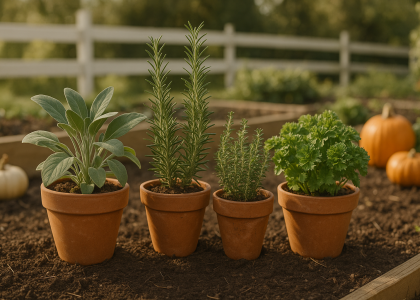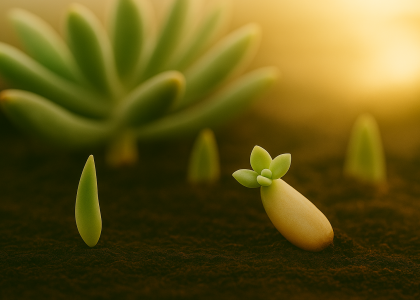Whether you call them prickly pears, bunny ears, or simply those “flat cactus pads,” paddle cacti—scientifically known as Opuntia—are among the most recognizable and culturally significant succulents on the planet. They’re not only easy to grow but also edible, charming, and deeply symbolic in desert regions around the world.
What Are Paddle Cacti?
- Botanical Genus: Opuntia
- Common Names: Prickly Pear, Bunny Ears, Nopal Cactus
- Native Range: North & South America—especially Mexico and the southwestern U.S.
Fun Fact: The fruit (called "tuna") and pads (called "nopales") are edible and have been used in traditional Mexican cooking for centuries.
In Mexico, the prickly pear cactus (Opuntia) is both a culinary staple and a cultural treasure. Its pads, known as nopales, are harvested young, de-spined, and enjoyed in tacos, salads, or scrambled with eggs—offering a tangy, nutrient-rich bite. The vibrant fruit, called “tuna”, is sweet and refreshing, often eaten fresh or blended into juices and jams. Revered since Aztec times, this cactus symbolizes resilience and identity—so much so that it’s featured on Mexico’s national flag, where an eagle perches on a cactus devouring its fruit. A true edible icon of the desert.
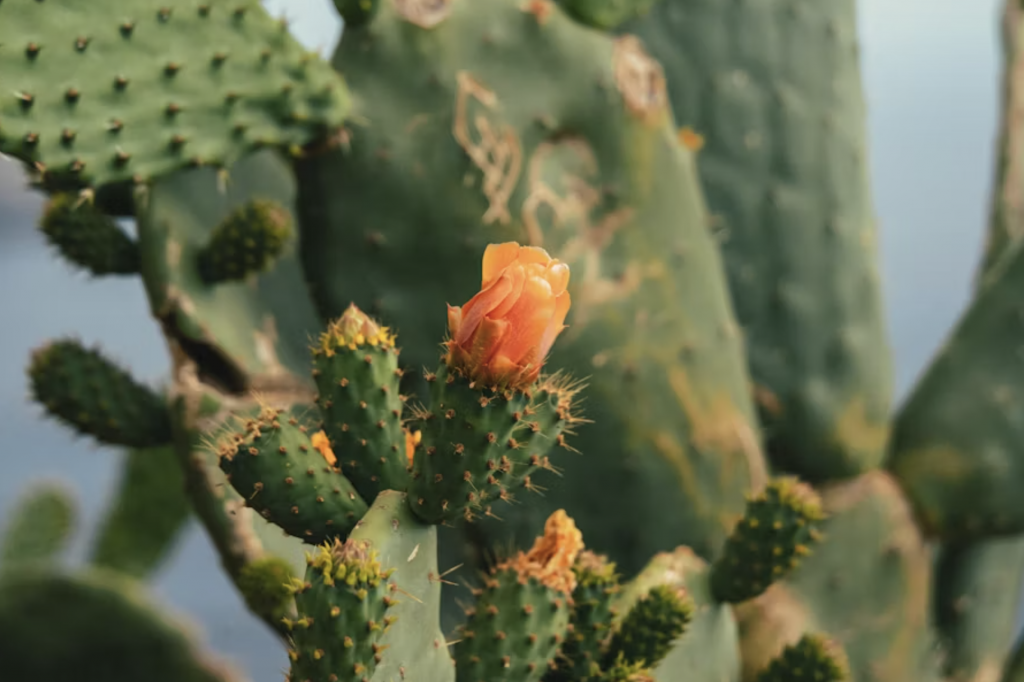
Anatomy Breakdown: Pads, Roots, Spines, Flowers
- Pads: Flattened stem segments known as cladodes. These are often green, blue-green, or even purple-tinged.
- Spines & Glochids: Glochids are tiny hair-like barbs that can irritate skin. Wear gloves when handling!
- Roots: Shallow and spreading—ideal for rapid moisture absorption.
- Flowers: Bright yellow, orange, or pink. Bloom on pad edges in spring/summer.
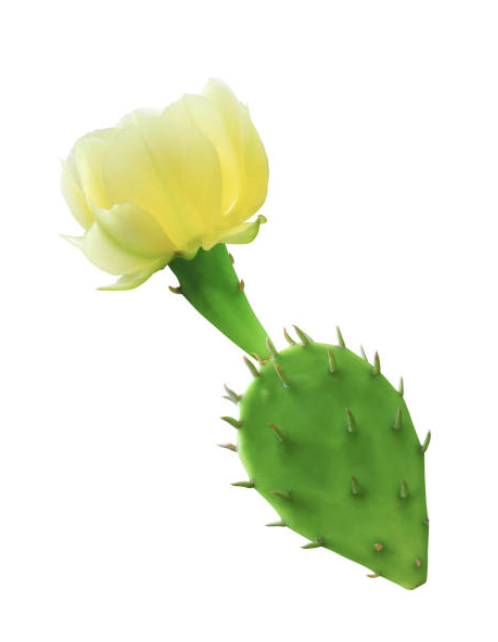
Growing Conditions for Happy Opuntia
Light:
- Full sun is best. These cacti love heat and thrive outdoors.
Soil:
- Sandy or rocky, extremely well-drained cactus mix.
Water:
- Water deeply every 2–3 weeks during the growing season; reduce to monthly in cooler months.
Temperature:
- Can handle high heat and even light frosts (depending on variety).
Think of Opuntia as the sunbather of the cactus world—bold, exposed, and loving it.
Propagation Tips
- Pad Cuttings: Let the pad callous for 5–7 days, then plant vertically in dry soil.
- Seed Propagation: More challenging, slower. Soak seeds and scarify before planting.
Pro Tip: Always plant pads upright—laying them flat may encourage rot.
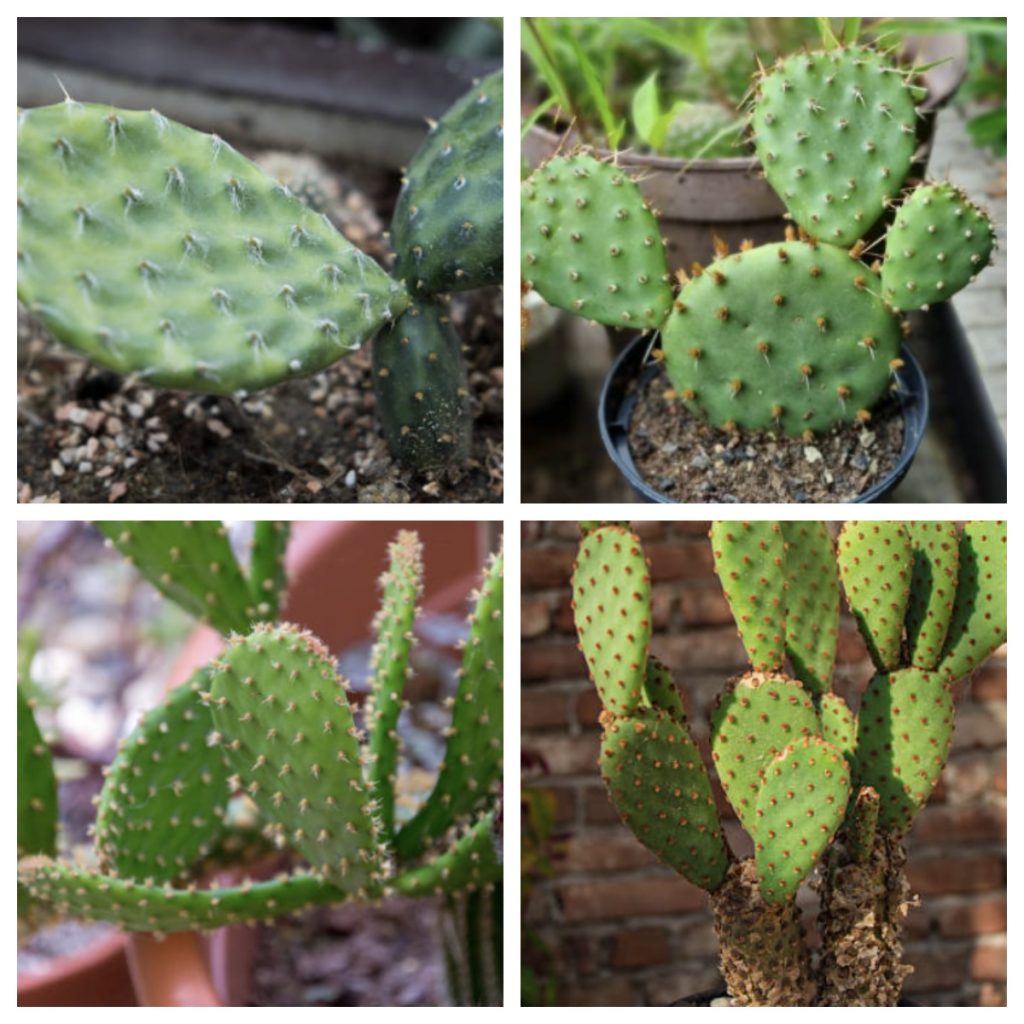
Pest Prevention & Troubleshooting
- Cochineal Scale: Appears as white fluff—treat with a blast of water or insecticidal soap.
- Root Rot: Caused by poor drainage—elevate pots or amend soil.
- Frost Damage: Protect with cloth covers or bring potted plants indoors.
Mistakes to Avoid
- Overwatering young pads (wait until roots form).
- Touching glochids without protection.
- Planting in clay-heavy or compacted soils.
Edible & Ornamental Uses
- Nopales: Cooked pads used in tacos, salads, or scrambled eggs.
- Tunas: Juicy fruits used in jams, juices, and desserts.
- Ornamental: Stunning in xeriscapes or southwestern-style container gardens.
Yes, your cactus can feed you and look amazing while doing it.
Top Opuntia Varieties to Grow
- Opuntia ficus-indica: The classic edible prickly pear—large and fast-growing.
- Opuntia microdasys: Known as Bunny Ears, fuzzy but fierce.
- Opuntia santa-rita: Gorgeous purple pads, ideal for desert color contrast.
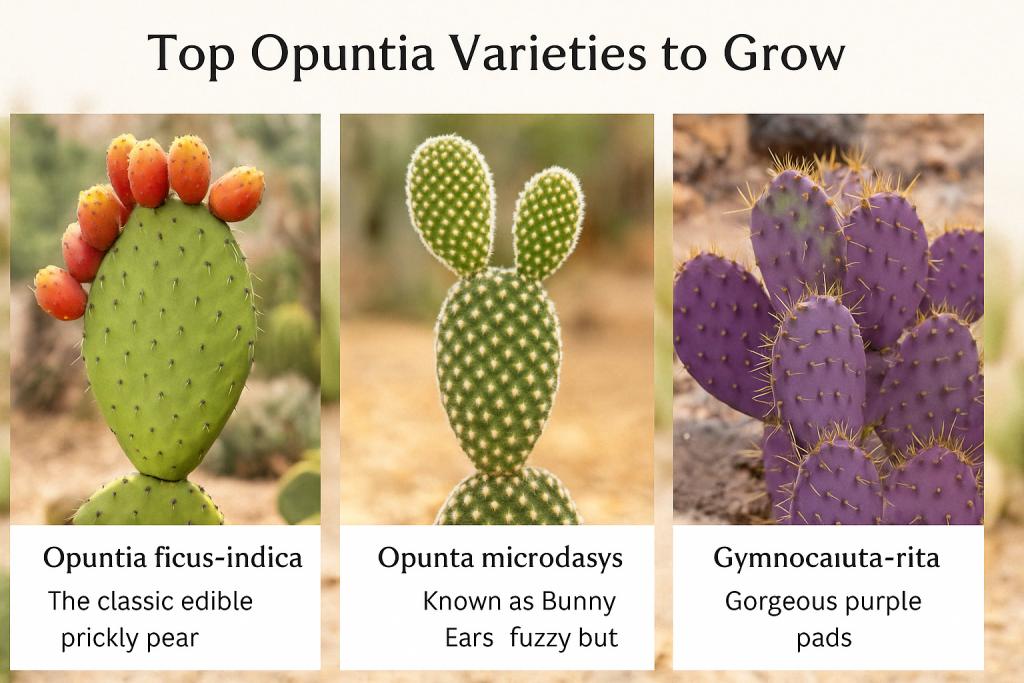
Garden Styling Ideas
- Use Opuntia as a sun-drenched backdrop in raised beds.
- Combine with ornamental grasses and boulders for natural desert vibes.
- Create edible cactus borders with alternating green and purple paddles.

Final Reflection: A Plant of Resilience & Beauty
Paddle cacti are a lesson in resilience—they thrive in harsh conditions, offer nourishment, and demand very little in return. With their sculptural forms and cultural history, they bridge the gap between utility and ornament, reminding us that beauty often blooms from the toughest places.
Tag your Opuntia garden with #PricklyPearPeople—we’d love to see how you grow yours!
Want more SEO Keywords : prickly pear cactus care, how to grow opuntia, edible cactus uses, nopal propagation, drought-tolerant garden plants, desert garden ideas, cactus food benefits


